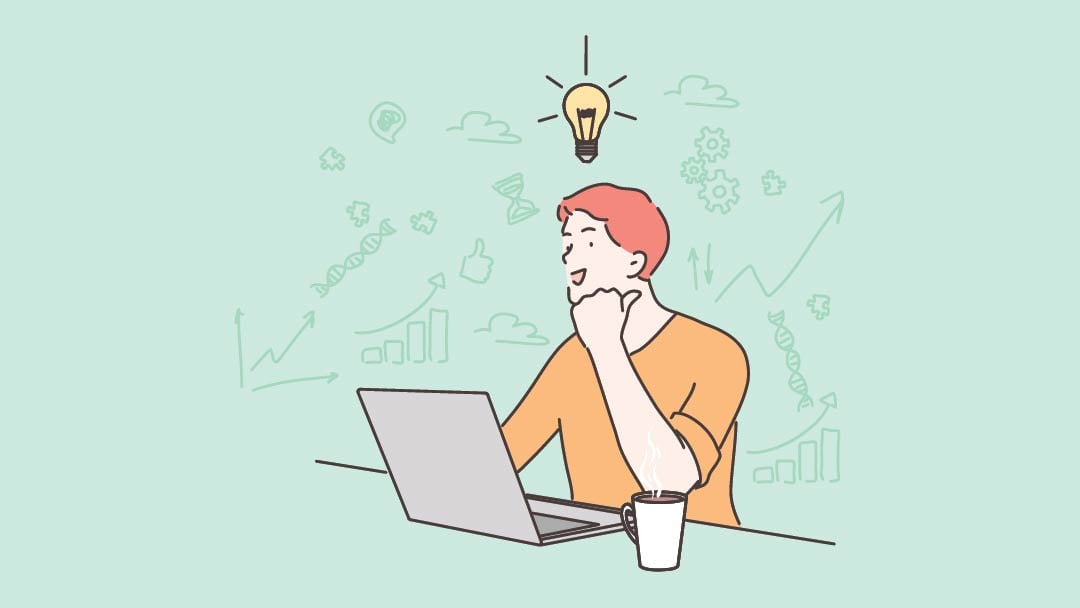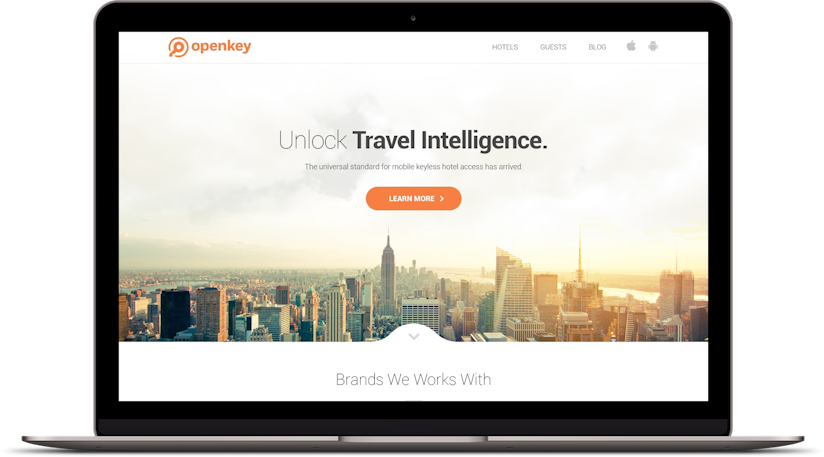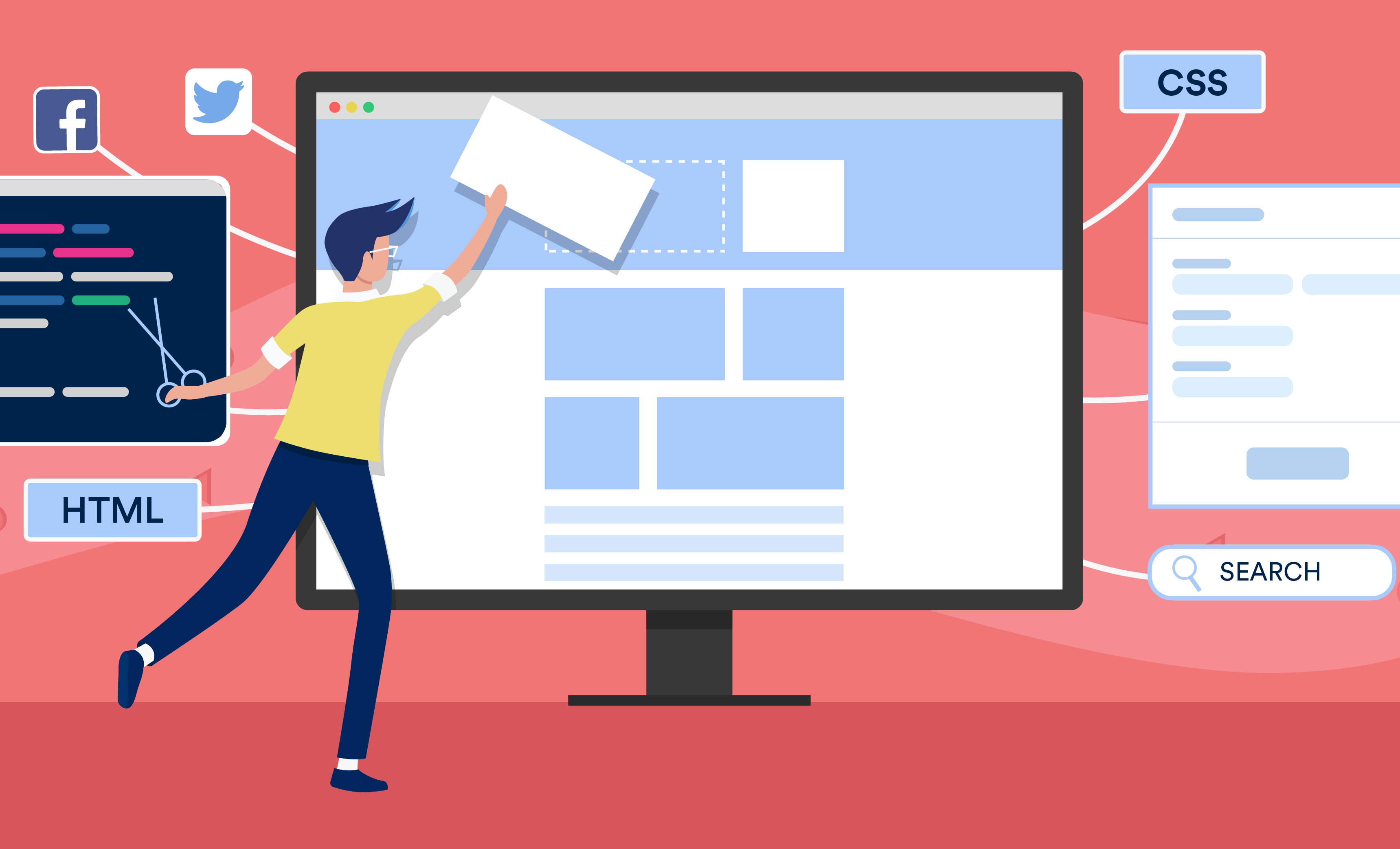All Categories
Featured
Table of Contents
- – Web Design Inspiration : The Best Website Desi...
- – Boxcar Studio - Wordpress & Drupal Web Design...
- – Pueblo Web Design Tips and Tricks:
- – Html Responsive Web Design - W3schools Tips a...
- – Powderkeg: Web Design Madison, Wi Tips and Tr...
- – Indianapolis Web Design And Digital Marketing...
- – Top Web Design Agencies Ranked - 2022 Review...
- – Law Firm Website Design, Attorney Web Design...
- – Responsive Web Design - A List Apart Tips an...
- – Law Firm Website Design, Attorney Web Design...
- – Top 30 Web Design Companies - Apr 2022 - Des...
Web Design Inspiration : The Best Website Design Ideas Tips and Tricks:
Quick summary Functionality and the energy, not the visual style, determine the success or failure of a site. Considering that the visitor of the page is the only person who clicks the mouse and therefore decides everything, user-centric design has developed as a standard approach for successful and profit-oriented web style - web design frederick md.
and the utility, not the visual design, identify the success or failure of a site. Considering that the visitor of the page is the only person who clicks the mouse and therefore chooses everything, user-centric design has actually become a standard technique for successful and profit-oriented website design. After all, if users can't use a function, it may too not exist.
g. where the search box need to be placed) as it has actually already been done in a variety of articles; rather we concentrate on the approaches which, utilized effectively, can lead to more advanced style choices and streamline the process of viewing provided info. Please notice that you may be interested in the usability-related short articles we've released prior to: Principles Of Excellent Website Style And Reliable Website Design Guidelines, In order to utilize the concepts effectively we first require to comprehend how users connect with websites, how they think and what are the fundamental patterns of users' habits.
Boxcar Studio - Wordpress & Drupal Web Design ... - Ann Arbor Tips and Tricks:
Visitors glimpse at each brand-new page, scan a few of the text, and click the very first link that captures their interest or vaguely resembles the important things they're searching for. In truth, there are large parts of the page they do not even look at. The majority of users search for something fascinating (or useful) and clickable; as quickly as some appealing candidates are found, users click.
If a page provides users with top quality content, they want to jeopardize the material with advertisements and the style of the website. This is the reason that not-that-well-designed sites with high-quality material gain a great deal of traffic over years. Content is more vital than the style which supports it.

Extremely easy concept: If a site isn't able to meet users' expectations, then designer failed to get his job done effectively and the company loses money. The higher is the cognitive load and the less user-friendly is the navigation, the more willing are users to leave the site and search for options.
Pueblo Web Design Tips and Tricks:
Neither do they scan web page in a direct fashion, going sequentially from one site area to another one. Rather users satisfice; they pick the first affordable option. As quickly as they find a link that looks like it might cause the objective, there is a great chance that it will be right away clicked.
It doesn't matter to us if we understand how things work, as long as we can utilize them. If your audience is going to imitate you're developing signboard, then style great billboards." Users wish to have the ability to manage their internet browser and depend on the consistent information discussion throughout the website.
If the navigation and site architecture aren't user-friendly, the variety of enigma grows and makes it harder for users to understand how the system works and how to obtain from point A to point B. A clear structure, moderate visual ideas and quickly identifiable links can help users to discover their path to their goal.
Html Responsive Web Design - W3schools Tips and Tricks:

Given that users tend to check out sites according to the "F"-pattern, these 3 statements would be the first elements users will see on the page once it is loaded. The style itself is easy and instinctive, to comprehend what the page is about the user needs to browse for the answer.
Once you've accomplished this, you can interact why the system is helpful and how users can gain from it. Individuals will not use your website if they can't discover their way around it. 2. Do Not Misuse Users' Perseverance, In every project when you are going to offer your visitors some service or tool, try to keep your user requirements minimal.
Novice visitors want to, not filling long web types for an account they may never use in the future. Let users check out the site and discover your services without forcing them into sharing personal information. It's not sensible to require users to go into an e-mail address to test the feature.
Powderkeg: Web Design Madison, Wi Tips and Tricks:
Stikkit is a best example for an user-friendly service which needs practically absolutely nothing from the visitor which is inconspicuous and comforting. And that's what you desire your users to feel on your website. Apparently, Termite needs more. The registration can be done in less than 30 seconds as the kind has horizontal orientation, the user doesn't even require to scroll the page.
A user registration alone suffices of an impediment to user navigation to cut down on incoming traffic. 3. Handle To Focus Users' Attention, As sites offer both static and dynamic content, some elements of the user interface draw in attention more than others do. Undoubtedly, images are more appealing than the text simply as the sentences marked as strong are more appealing than plain text.
Focusing users' attention to particular locations of the website with a moderate usage of visual elements can assist your visitors to receive from point A to point B without thinking of how it actually is expected to be done. The less enigma visitors have, the they have and the more trust they can establish towards the company the site represents.
Indianapolis Web Design And Digital Marketing Agency Tips and Tricks:
4. Aim For Function Exposure, Modern web styles are normally slammed due to their method of guiding users with visually appealing 1-2-3-done-steps, big buttons with visual results etc. However from the design perspective these elements actually aren't a bad thing. On the contrary, such as they lead the visitors through the site content in an extremely easy and user-friendly method.
The site has 9 main navigation alternatives which are visible at the very first glance. What matters is that the content is well-understood and visitors feel comfy with the method they engage with the system.
Rather a cost: simply what visitors are looking for. An optimum option for reliable writing is touse short and concise phrases (come to the point as rapidly as possible), use scannable design (classify the content, utilize several heading levels, use visual elements and bulleted lists which break the circulation of uniform text blocks), use plain and unbiased language (a promo does not require to sound like ad; provide your users some sensible and objective factor why they must use your service or stay on your website)6.
Top Web Design Agencies Ranked - 2022 Reviews - Clutch.co Tips and Tricks:
Users are rarely on a site to enjoy the style; in addition, most of the times they are looking for the details in spite of the design - web design frederick md. Pursue simplicity rather of intricacy. From the visitors' point of view, the finest website style is a pure text, with no advertisements or additional content obstructs matching precisely the query visitors used or the content they have actually been searching for.
Finch plainly provides the details about the website and provides visitors an option of options without overcrowding them with unneeded material. 7. Don't Hesitate Of The White Area, Actually it's truly hard to overestimate the value of white space. Not only does it assist to for the visitors, however it makes it possible to view the info provided on the screen.
Complex structures are harder to read, scan, evaluate and deal with. If you have the option in between separating two design sectors by a visible line or by some whitespace, it's generally better to utilize the whitespace option. (Simon's Law): the better you manage to offer users with a sense of visual hierarchy, the easier your material will be to perceive.
Law Firm Website Design, Attorney Web Design, Lawyer ... Tips and Tricks:
The very same conventions and guidelines should be used to all elements.: do the most with the least amount of hints and visual elements. 4 significant indicate be considered: simpleness, clarity, distinctiveness, and focus. Simplicity consists of just the aspects that are essential for interaction. Clearness: all parts must be created so their significance is not uncertain.
Conventions Are Our Buddies, Conventional design of website components does not lead to an uninteresting website. In fact, as they reduce the discovering curve, the requirement to find out how things work. For example, it would be a functionality nightmare if all sites had various visual presentation of RSS-feeds. That's not that various from our regular life where we tend to get used to fundamental principles of how we organize data (folders) or do shopping (positioning of products).
comprehend what they're anticipating from a website navigation, text structure, search placement etc. A normal example from functionality sessions is to equate the page in Japanese (assuming your web users don't know Japanese, e. g. with Babelfish) and offer your functionality testers with a task to discover something in the page of various language.
Responsive Web Design - A List Apart Tips and Tricks:
Steve Krug suggests that it's better to, but benefit from conventions when you don't. 10. Test Early, Test Typically, This so-called TETO-principle must be used to every website design task as usability tests frequently provide into substantial issues and issues related to a given design. Test not too late, not too little and not for the wrong factors.
Some important indicate keep in mind: according to Steve Krug, and testing one user early in the project is much better than screening 50 near completion. Accoring to Boehm's very first law, errors are most frequent during requirements and style activities and are the more expensive the later on they are gotten rid of.
That means that you create something, test it, repair it and then check it again. There might be problems which haven't been found during the very first round as users were almost blocked by other issues.
Law Firm Website Design, Attorney Web Design, Lawyer ... Tips and Tricks:

This holds for designers also. After you've worked on a site for few weeks, you can't observe it from a fresh viewpoint any longer. You understand how it is developed and for that reason you understand exactly how it works you have the knowledge independent testers and visitors of your website would not have.
It can be linked to other areas such as graphic style, user experience, and multimedia arts, but is more appropriately seen from a technological standpoint. It has ended up being a big part of individuals's everyday lives. It is difficult to envision the Web without animated graphics, various styles of typography, background, videos and music.

Throughout 1991 to 1993 the World Wide Web was born. Text-only pages could be seen using an easy line-mode internet browser. In 1993 Marc Andreessen and Eric Bina, developed the Mosaic internet browser. At the time there were several internet browsers, however the majority of them were Unix-based and naturally text heavy. There had actually been no integrated approach to graphic style aspects such as images or noises.
Top 30 Web Design Companies - Apr 2022 - Designrush Tips and Tricks:
The W3C was produced in October 1994 to "lead the World Wide Web to its full potential by developing common protocols that promote its evolution and guarantee its interoperability." This prevented any one business from monopolizing a propriety browser and programming language, which could have altered the result of the Web as a whole.
As this has happened the innovation of the web has actually also carried on. There have also been substantial changes in the way people use and access the web, and this has actually changed how sites are created. Considering that completion of the browsers wars [] new browsers have been released. A number of these are open source implying that they tend to have quicker development and are more encouraging of brand-new standards.
Learn more about Lovell Media Group LLC or TrainACETable of Contents
- – Web Design Inspiration : The Best Website Desi...
- – Boxcar Studio - Wordpress & Drupal Web Design...
- – Pueblo Web Design Tips and Tricks:
- – Html Responsive Web Design - W3schools Tips a...
- – Powderkeg: Web Design Madison, Wi Tips and Tr...
- – Indianapolis Web Design And Digital Marketing...
- – Top Web Design Agencies Ranked - 2022 Review...
- – Law Firm Website Design, Attorney Web Design...
- – Responsive Web Design - A List Apart Tips an...
- – Law Firm Website Design, Attorney Web Design...
- – Top 30 Web Design Companies - Apr 2022 - Des...
Latest Posts
Website Developer Near Me Frederick MD
Learn Web Design With Online Courses, Classes, & Lessons Tips and Tricks:
Responsive Design Best Practices - Google Search Central Tips and Tricks:
More
Latest Posts
Website Developer Near Me Frederick MD
Learn Web Design With Online Courses, Classes, & Lessons Tips and Tricks:
Responsive Design Best Practices - Google Search Central Tips and Tricks: